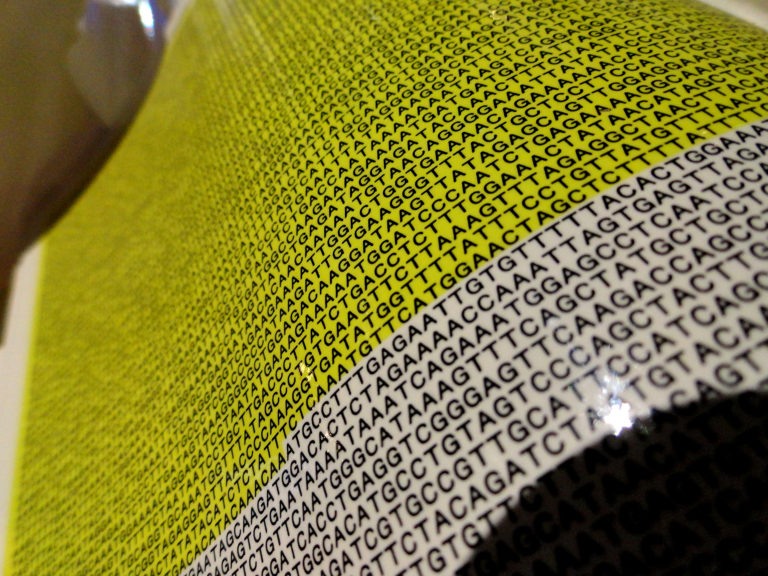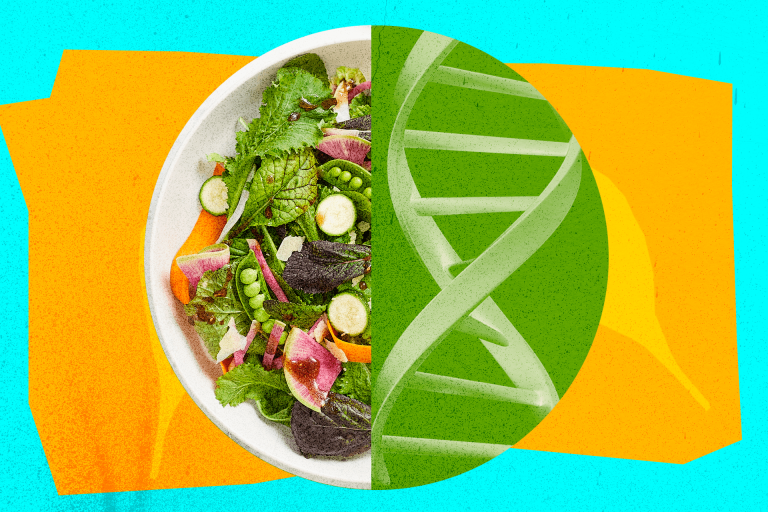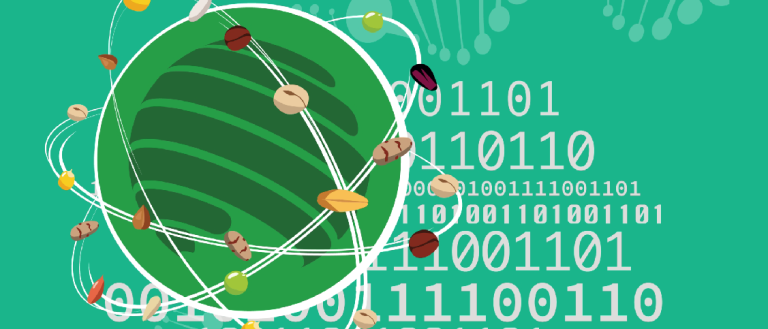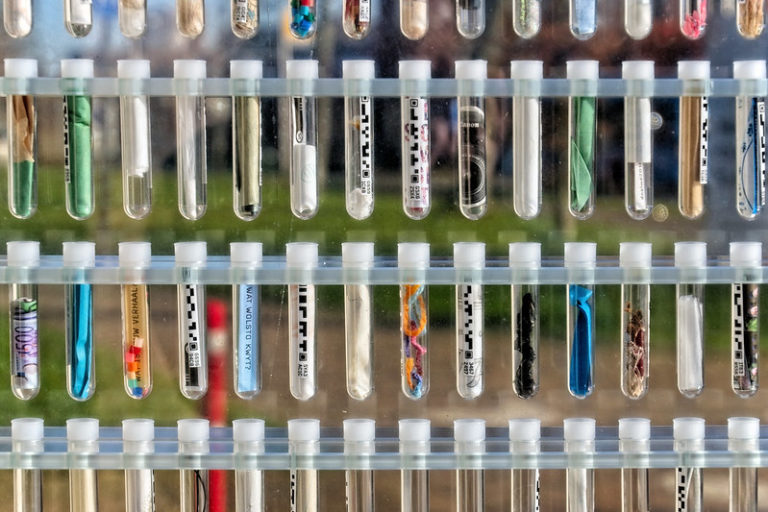DSI: dematerialised biopiracy
Digital sequence information, a semantic UFO, is the subject of intense legal debate. It lies where NGT deregulation, patent law and the sharing of genetic resources meet.

Originally introduced as a new scientific concept, a semantic UFO has recently come to dominate all debates on seeds, biodiversity and intellectual property. Some call it DSI (Digital Sequence Information), while others call it GSD (Genetic Sequence Data). A flying object because it circulates freely in the cyberspace in the form of virtual signals picked up by computers that display them as a succession of five letters (ACG and T or U), symbols of the chemical components of the DNA or RNA. Unidentified because the more it is discussed in international political arenas (ITPGRFA1, CBD2…), the less it is possible to define it.
Multifaceted legal concepts
The absence of an internationally recognised definition of DSI/GSD means that the countries of the global South, the main suppliers of genetic resources, conclude that they are a genetic component of physical organisms, while the countries of the global North, the main users of these resources, conclude that they are a product of research. But this does not prevent the scope of a patent on genetic information from controlling any use of the physical organisms that contain it. The absence of a definition of this information is currently blocking discussions on the legal framework for new genetic modification techniques, like an elephant in the room that no one dares to mention.
All these words refer to the same reality. But while DSI and GSD are dematerialised data, a component of a physical organism, even a genetic one, is material. As for genetic information, it is a priori dematerialised like all information, but it is also material because it is contained in biological matter (DNA). What are the consequences of playing on words ?3
CBD and the ITPGRFA, what’s that?
For the international law dictated by the industrial ‘Global North’, life and knowledge are first and foremost industrial resources. The CBD (Convention on Biological Diversity) is a convention between states that lays down the rules for access to biological resources and associated knowledge vital to industrial development. All access requires the signature of a bilateral agreement based on the prior consent of the state from which the coveted resource originates. This state may delegate this consent to the person, indigenous people or local community that manages the resource and holds the associated knowledge. This consent may relate to the conditions of their use (can they be the subject of research, or also multiplied, commercialised, transformed, genetically modified, patented, etc.) and to the sharing of the benefits arising from their exploitation. Since the CBD was adopted in 1992, these conditions have generally been circumvented, as most biological resources are freely available in many public collections, with no link to their origin. This is also the case for the description, in numerous freely accessible publications, of their chemical and genetic components, which can be roughly copied by chemistry or synthetic biology, without any direct use of the original biological resource. Benefit-sharing is thus limited to a few dollars, which fund the work of NGOs, researchers and sometimes indigenous peoples’ organisations responsible for collecting and making available to everyone the biological resources that are not yet available and the associated knowledge held by the farmers and people who live with and maintain these resources.
The ITPGRFA (International Treaty on Plant Genetic Resources for Food and Agriculture) is the application of the CBD to seeds. It abolishes bilateral prior consent and replaces it with a multilateral system (MLS) of access (mainly to large national and international gene banks). This access is not free, but ‘facilitated’, as it is conditional on an obligation to share benefits and a prohibition on claiming any intellectual property rights that limit the facilitated access of other players to the resource provided, as well as its parts or its genetic components. A Benefit Sharing Fund is mainly financed by a few states, far below the sums promised, since the seed industry takes advantage of the lack of effective traceability of seed exchanges to pay only a few bits. This fund also finances institutions, NGOs and researchers responsible for helping farmers to save their seeds, collecting them for the multilateral system and publishing their associated knowledge.
The smokescreen of patent benefit sharing
The fact that the genetic sequences of millions of biological resources and thousands of publications on their characteristics of interest are now freely available on the Internet undermines both the prior consent of the CBD and the conditions for facilitated access under the ITPGRFA. Artificial intelligence and machine learning algorithms use millions of data to build predictive computer models that guide the genetic engineering that creates organisms, components and products of synthetic biology… patented before even existing.
Thousands of patents have been granted on the genetic information incorporated (in) this way into plants, animals, micro-organisms, fungi, pharmaceutical, veterinary and biocontrol products, etc. and/or on the ‘new genomic techniques’ (NGT) used to obtain these products, even though only a small number of them have actually been developed and marketed. Since they are no longer directly linked to access to physical biological resources but only to dematerialised data (DSI/GSD) considered as research products, all these patents circumvent benefit sharing. The CBD is therefore examining the feasibility of a financial levy on the commercialisation of any product resulting from the use of DSI/GSD to be paid into a benefit-sharing fund. For its part, the ITPGRFA has been debating the same subject for 10 years. But the haggling of the industry, supported by the countries of the ‘global North’, is blocking any conclusion, while more and more patents are being granted.
Could deregulation of the ‘new GMOs’ lead to widespread biopiracy?
Since 1998, the European biotech directive 98/44 has stated that ‘the protection conferred by a patent on a product containing or consisting of genetic information shall extend to any material in which the product is incorporated and in which the genetic information is contained and performs its function’.
However, it is forbidden to patent nature and traditional selection processes, known as ‘essentially biological’. Trans-genesis techniques capable of incorporating such genetic information into biological organisms all leave easily identifiable signatures (promoter, terminator, etc.). With these techniques, the scope of patents is limited solely to products resulting from the invention and to products contaminated by patented genes.
But never mind! The new tale of the industry and the governments of the richest countries is that NGTs make it possible to obtain genetic information that is indistinguishable from that which may be contained in naturally existing organisms or derived from traditional, non-patentable breeding. The numerical description of the patented genetic information alone may be indistinguishable, but never the entire modified organism. This is because NGTs systematically generate numerous other so-called ‘unintentional’ genetic modifications which constitute indisputable ‘signatures’ of the use of the genetic engineering process justifying the patent. But the scope of the patent extends to any material that contains the patented genetic information. It therefore also extends to all organisms that contain it naturally or as a result of the use of non-patentable selection processes. That’s why a few pharmaceutical, agrochemical, seed and food companies think they can appropriate and control all the biological diversity in the sun. But more and more farmers and citizens are rising up, determined to abolish this new form of biopiracy resulting from the lack of regulation of genome digitisation.
1International Treaty on Plant Genetic Resources for Food and Agriculture, commonly known as the Seed Treaty.













